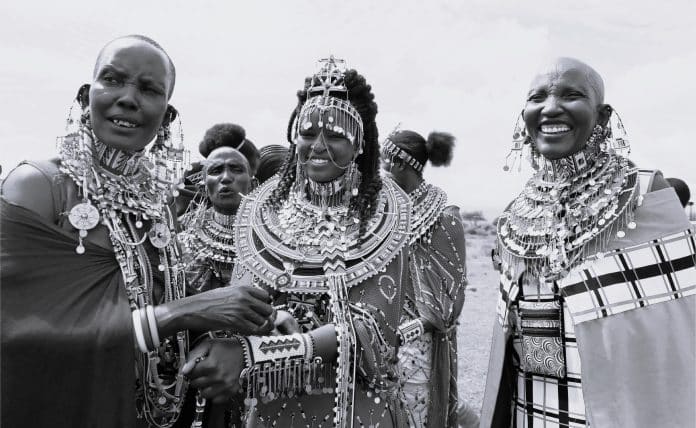Beyond the Savanna: Exploring the Fascinating Traditions of the Maasai People in Kenya and Tanzania
Step into a world of vibrant traditions, rich culture, and unsurpassed elegance as we journey beyond the savanna to explore the fascinating traditions of the Maasai people in Kenya and Tanzania. From their distinctive clothing to their awe-inspiring beadwork, the Maasai people of Kenya and Tanzania practice is a tapestry of pride and resilience.
In this captivating article, we will delve into the time-honored customs and practices that have shaped the Maasai community for centuries. Discover their deep connection to nature and their extraordinary knowledge of the land, as they pass down age-old wisdom from one generation to another. Uncover the significance of the Maasai’s traditional ceremonies, such as their rite of passage and warrior dances, which showcase their strength and unity.
As we explore the Maasai’s close-knit communities and visit their traditional bomas, you will be transported to a world where the ancient and the modern coexist harmoniously. Gain insights into the Maasai people of Kenya and Tanzania practice , their respect for wildlife, and their commitment to preserving their cultural heritage.
Embark on this cultural odyssey and immerse yourself in the captivating traditions of the Maasai people. Join us as we unveil the vibrant tapestry of their lives and celebrate their enduring legacy.
History and Origins of the Maasai Tribe
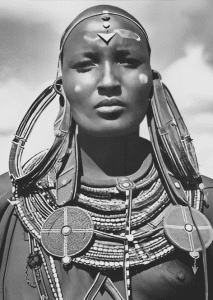
The Maasai people of Kenya and Tanzania practice have a rich and ancient history that dates back centuries. Believed to have originated in the Nile region of Sudan, the Maasai migrated southward, eventually settling in the eastern part of Africa, primarily in Kenya and Tanzania. They are known for their nomadic lifestyle, moving their herds of cattle across vast grasslands in search of water and grazing lands.
The Maasai people have a fascinating oral tradition that has been passed down through generations. Their stories, songs, and legends tell of their ancestors‘ bravery, resilience, and the challenges they faced while carving out a life in the African wilderness. Today, the Maasai continue to honor their heritage and preserve their cultural identity, despite the pressures of modernization.
Maasai Culture and Traditions
The Maasai people of Kenya and Tanzania practice a culture that governs every aspect of their lives. Their society is based on a patriarchal structure, where the elders hold significant influence and make important decisions. Respect for authority and age is highly valued, and the wisdom of the elders is considered sacred and invaluable.
Community is at the heart of Maasai culture, and the Maasai people are known for their strong sense of unity and cooperation. They live in small, close-knit villages called bomas, where extended families reside together in traditional huts made from a combination of mud, grass, and cow dung. The Maasai practice communal living, with shared responsibilities and a collective approach to decision-making.
Maasai Clothing and Jewelry
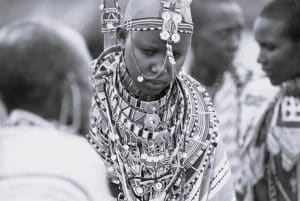
One of the most distinctive aspects of the Maasai people of Kenya and Tanzania practice is their clothing and jewelry. The Maasai are renowned for their vibrant and colorful attire, which reflects their cultural identity and symbolizes their pride and status within the community. Traditional Maasai clothing for men includes a red shuka, a large piece of fabric wrapped around the body, while women wear colorful, beaded necklaces, bracelets, and earrings.
The Maasai are master beadworkers, and their intricate beadwork is an essential part of their cultural heritage. Each bead color has a specific meaning, and the patterns and designs tell stories of love, bravery, and important life events. The jewelry is not only an adornment but also a symbol of cultural pride and a way to express one’s individuality within the community.
Maasai Language and Communication
Language plays a vital role in the Maasai people of Kenya and Tanzania practice , serving as a means of communication and preserving their traditions and history. The Maasai language, known as Maa, is a Nilotic language spoken by the Maasai people and is characterized by its unique phonetic sounds and intonation.
In Maasai society, storytelling is a cherished tradition, and the elders play a crucial role in passing down oral histories through captivating narratives. Through their language and storytelling, the Maasai share their wisdom, beliefs, and values, ensuring that their cultural heritage remains alive and thriving.
Maasai Diet and Traditional Cuisine
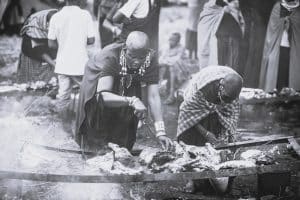
The Maasai people of Kenya and Tanzania practice a traditional diet that is primarily based on the resources available in their natural environment. Due to their pastoral lifestyle, milk and meat from their cattle form the foundation of their diet. The Maasai are known for their consumption of raw, soured milk, which is considered a delicacy and a vital source of sustenance.
In addition to milk and meat, the Maasai also consume grains, fruits, and vegetables, depending on the season and availability. They have a deep knowledge of the medicinal properties of plants and herbs, using them to treat various ailments and maintain their overall well-being.
Maasai Homes and Architecture
The Maasai people of Kenya and Tanzania practice include living in traditional Maasai homes, known as bomas. Bomas are a testament to the Maasai’s ingenuity and resourcefulness. These circular huts are constructed using a combination of mud, grass, and cow dung, providing insulation from extreme temperatures and protection from wildlife.
Inside the boma, the Maasai homes are divided into different areas, with separate spaces for cooking, sleeping, and socializing. The design and layout of the boma reflect the Maasai’s deep connection to nature, as well as their practical needs for a sustainable way of life.
Maasai Traditional Ceremonies and Rituals
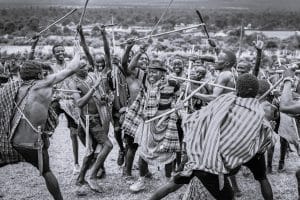
The Maasai people of Kenya and Tanzania practice a rich tapestry of traditional ceremonies and rituals that play a significant role in their culture and identity. One of the most important ceremonies is the rite of passage, which marks the transition from childhood to adulthood.
During this ceremony, young Maasai boys undergo circumcision as a symbol of their initiation into manhood. This is a highly significant event, accompanied by elaborate rituals, singing, dancing, and blessings from the elders. The rite of passage is a testament to the Maasai’s strength, courage, and resilience.
Maasai Music, Dance, and Art
The Maasai people of Kenya and Tanzania practice music, dance, and arts particular to their culture. These art forms are integral parts of Maasai culture, and they provide a means of expression, storytelling, and celebration. The Maasai are known for their rhythmic music, characterized by the use of drums, rattles, and vocal harmonies. Their songs and dances depict important events, such as warrior dances that celebrate victories or prepare for battle.
In addition to music and dance, the Maasai are skilled artisans, renowned for their intricate beadwork, woodcarvings, and traditional art forms. These artistic expressions reflect the Maasai’s deep connection to their surroundings and their ability to transform natural materials into beautiful and meaningful works of art.
Impact of Modernization on the Maasai Culture
While the Maasai people of Kenya and Tanzania practice have been well preserved over the centuries, they now face numerous challenges in the face of modernization. The encroachment of urbanization, tourism, and Western influences has had a significant impact on their way of life.
The Maasai have had to adapt to changing economic and environmental conditions, balancing their traditional practices with the demands of the modern world. Despite these challenges, the Maasai are resilient, and efforts are being made to protect their cultural identity and promote sustainable tourism that respects their traditions and benefits their communities.
As we conclude our journey into the fascinating traditions of the Maasai people, we are left with a deep appreciation for their resilience, cultural richness, and unwavering commitment to preserving their way of life. The Maasai people of Kenya and Tanzania practice offer a glimpse into a world that is both ancient and timeless, a world where nature and humanity coexist in perfect harmony.
Embark on this cultural odyssey and immerse yourself in the captivating traditions of the Maasai people. Join us as we unveil the vibrant tapestry of their lives and celebrate their enduring legacy.
For more articles on the Maasai tribe click here!
























